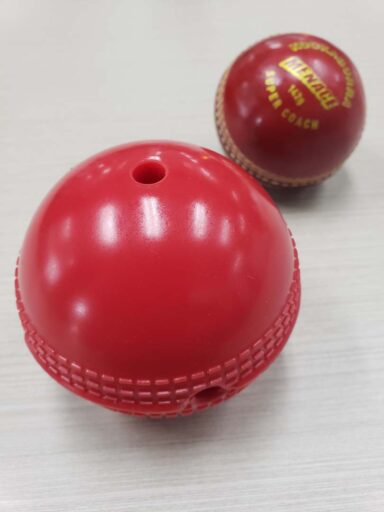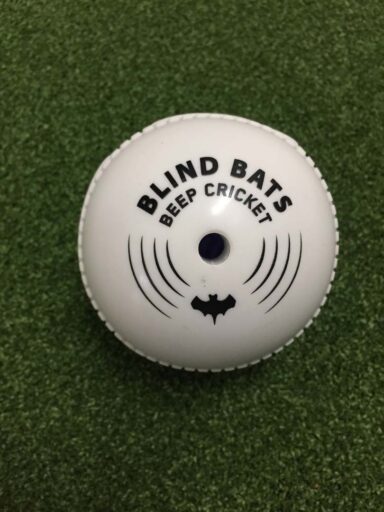Vacuum Casting
Vacuum Casting (Urethane Casting)
A bridge between prototyping & production
Silicone Tooling/Vacuum Casting/Plastic Urethane Parts
Vacuum casting in conjunction with silicone tooling is the ideal way to create production-quality prototypes and end-use parts. It’s a quick, cost-effective solution to produce high-quality, cosmetic, and functional parts in production-like materials.
At Formero, we start the process with a master pattern made using 3D printing or machining depending on tolerance needs. We then use that master to make a silicone rubber mould. We pour liquid urethane material under a precise vacuum into the mould. Once the urethane cures the part is removed and finished.
Because of vacuum casting’s ability to produce parts with textures quickly, it is a process worth investigating. Formero can make the vacuum moulding and casting process a straightforward experience for you!
Applications:
- Presentation models
- Prototyping
- Low-volume production run
- Replacement components (e.g. vintage automotive parts)
Materials
- ABS-LIKE
- PE-LIKE
- PP-LIKE
- PC-LIKE
- PMMA-LIKE
- TPE-LIKE || SHORE A DUROM – 25A, 40A, 50A, 60A, 70A, 80A, & 90A (+/- 5)
- TPU-LIKE || SHORE A DUROM – 25A, 40A, 50A, 60A, 70A, 80A, & 90A (+/- 5)
- HIGH HEAT 120°C
Ready to speak with us?
If you have questions please feel free to contact us.


